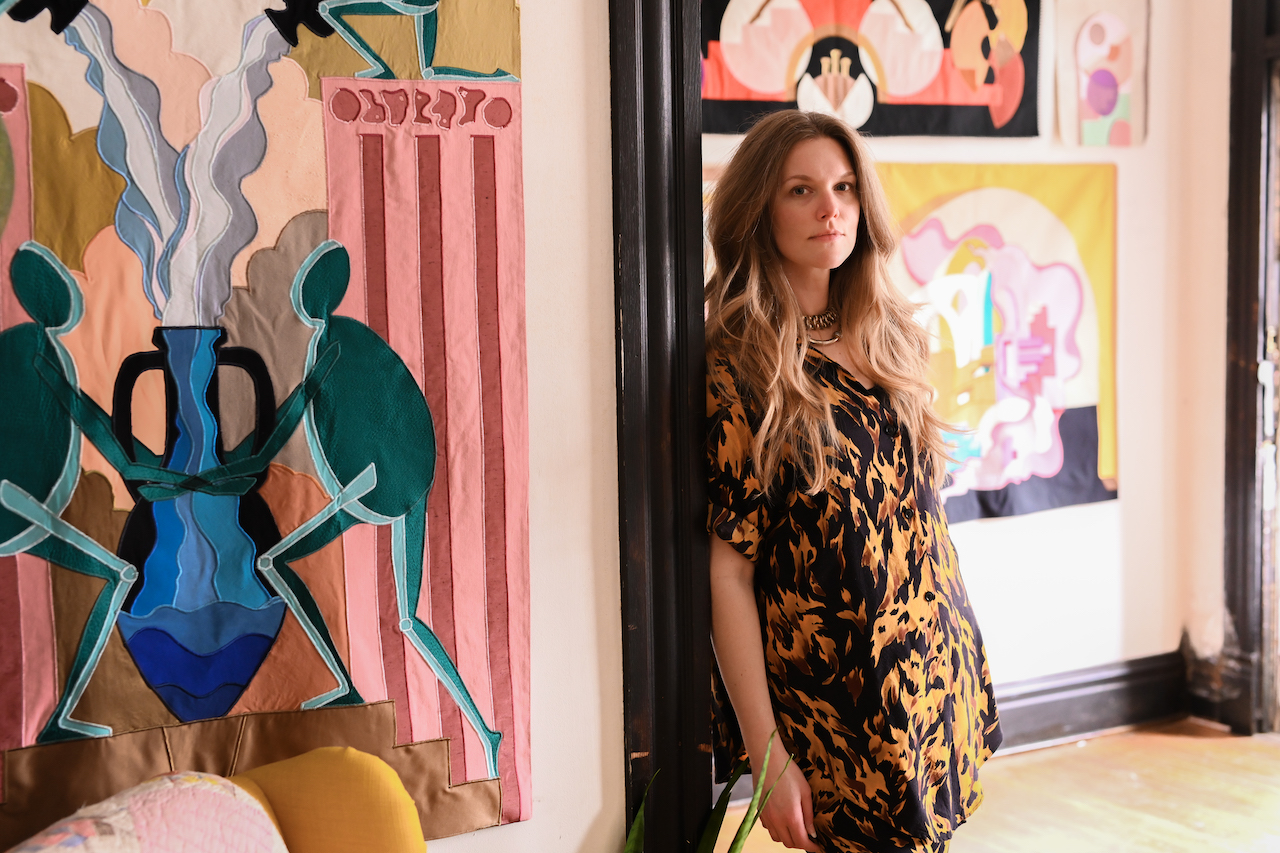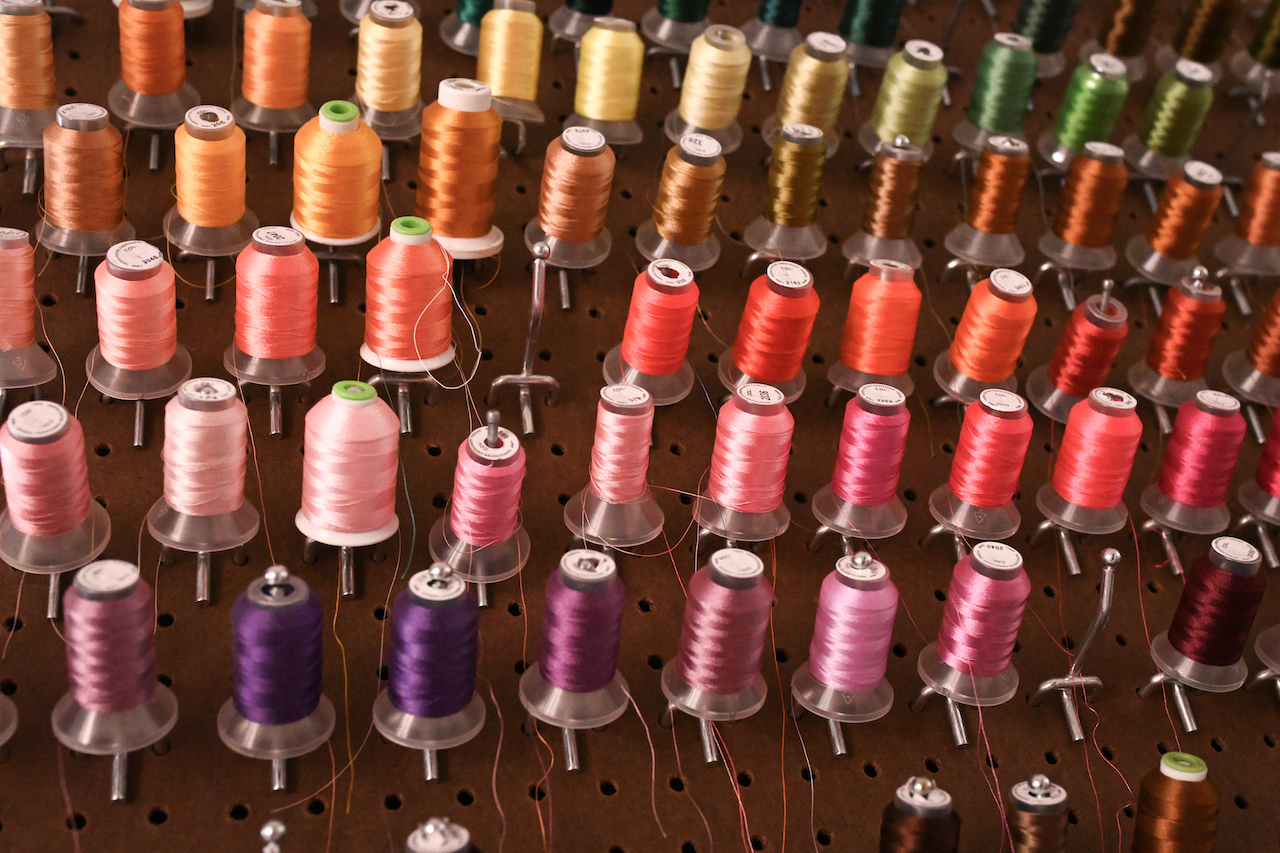Recycling Fashion

Local artist aims to reduce textile waste through recycled pieces
It was Dre McLeod’s experience working as an interior designer in Los Angeles that ultimately inspired her to create art out of secondhand clothes.
“I saw all these incredibly beautiful, expensive, luxurious fabrics that were going to be tossed out, and it broke my heart. So what did I do? I took them home and utilized my seamstress skill and eye for color to start making quilts from repurposed fabrics,” she said.
Combining traditional methods from her Appalachia upbringing with modern design aesthetics, McLeod is taking action to help reduce, reuse, and recycle every day with her vintage, secondhand, wearable art. And despite running her own business, she sees herself as more of a working artist.
BROUGHT TO YOU BY
“Over the past couple of years, I have committed myself to work almost exclusively with repurposed materials as a way to minimize the demand for newly produced goods,” she said.
As McLeod continued to learn how much textile waste was produced by the fashion industry and individual consumers, she knew she had to keep doing what she was doing and then some.
“On average, every American throws away about 80 pounds of textile waste each year,” she said. “That adds up quickly, and many of these textiles are synthetic, so they take hundreds of years to decompose, if at all. Plus many of them are initially produced using non-renewable resources.”

Looking to the past and embracing her love for art history, McLeod’s latest collection is a mix of past and present, incorporating French Symbolism, Art Deco, Brutalist Architecture, Surrealism, and The Golden Age of Illustration.
McLeod tries to not only be mindful about the decisions she makes in everyday life but also how she can bring those same values to her work.
“It’s important to me to try and understand where things come from and how my decisions affect other people rather than myself,” she said. “I can’t single-handedly re-use all the textile waste that exists, but I can commit to using what is available rather than creating a demand for new.”
And McLeod hopes that sharing her art will help inspire others to reuse what they already have.
“And hopefully by sharing my art, it will be that one thing that inspires others to see the changes that need to be made on a larger scale and help to normalize a circular economy,” she said.
For more information about McLeod and her clothing, visit dremcleod.com.
BROUGHT TO YOU BY




